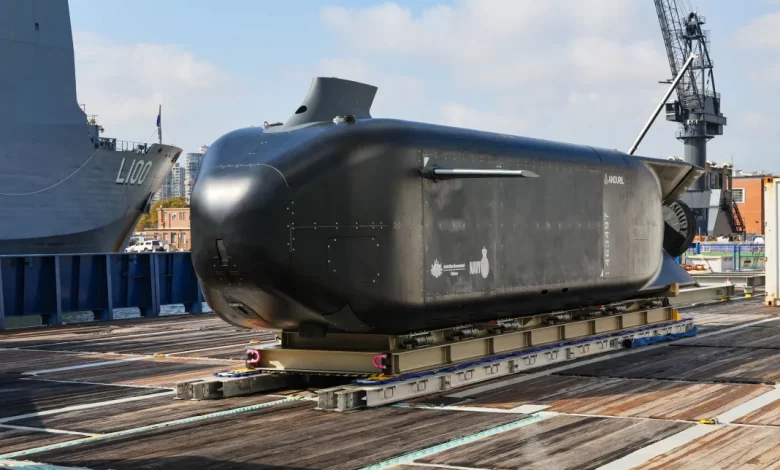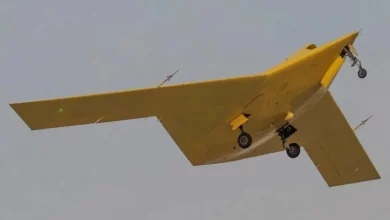Australia unveils first Ghost Shark underwater drone

The Royal Australian Navy (RAN), in collaboration with Anduril Industries, the Advanced Strategic Capabilities Accelerator (ASCA), and the Defense Science and Technology Group (DSTG), introduced the first Ghost Shark prototype of a new underwater surveillance drone.
Ahead of schedule and within budget, the Ghost Shark program signifies a leap forward in Australia’s defense capabilities. With a $140M co-development contract, the initiative aims to design and construct three extra-large autonomous undersea vehicles (XL-AUVs) in just three years, heralding a new era of agile and responsive defense solutions.
Ghost Shark embodies a modular, multi-purpose design tailored to meet the diverse mission requirements of the Australian Defence Force (ADF).
David Goodrich OAM, Executive Chairman and CEO of Anduril Australia, expressed his enthusiasm for the program’s progress, highlighting the collaboration’s strategic leadership and innovation insights provided by key stakeholders.
Dr. Shane Arnott, Senior Vice President Engineering at Anduril Industries, emphasized the program’s rapid advancement, fueled by a high-powered engineering team comprising top talents from Australia’s tech, resources, and defense sectors.
Minister for Defence Industry, Pat Conroy, underscored Ghost Shark’s exemplar status in fostering collaboration between Defense and Australian industry, emphasizing its role in enhancing sovereign capabilities and generating job opportunities.
Vice Admiral Mark Hammond, Chief of Navy, lauded the collaboration’s synergy in developing tools like Ghost Shark to safeguard Australia’s maritime interests.





